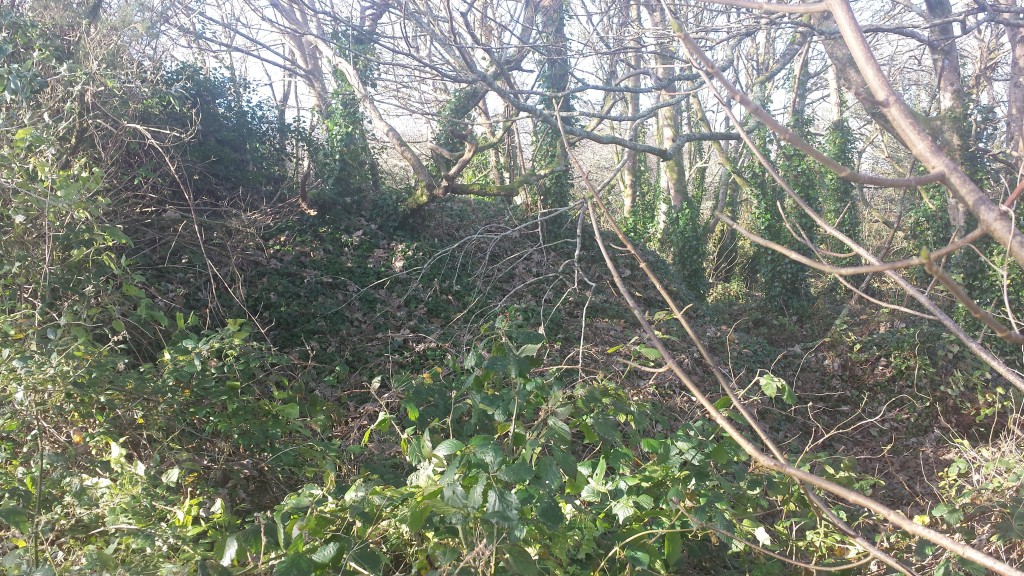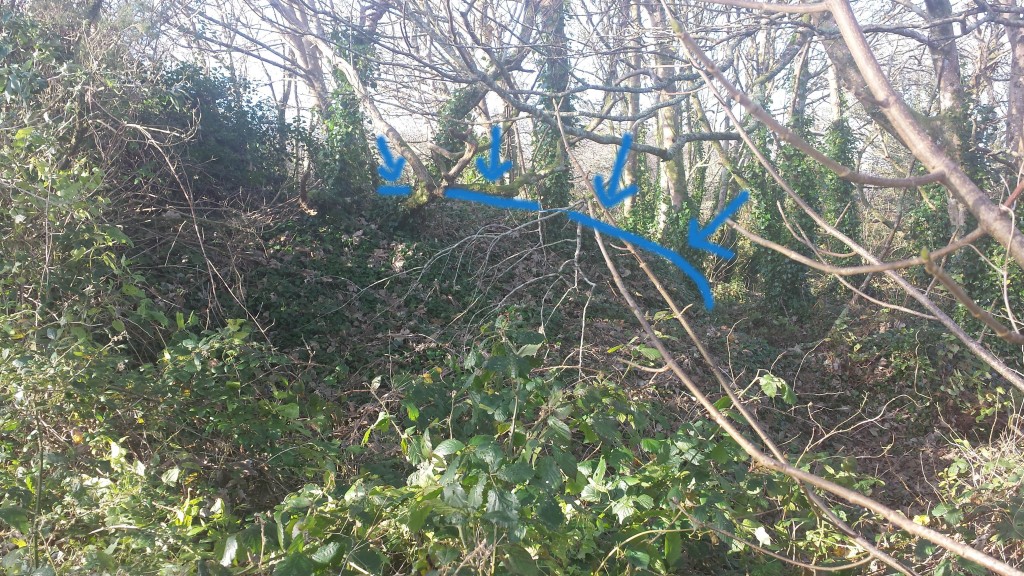I have been thinking this week about our city of forgotten heroes, the spaces that exist between the palace, the library and the still to be laid out cistern where Octo resides.
My first thought was for a number of locations with prepared encounters, the market, back alleys and so on. I have come around to a different way of thinking though.
Herding the Heroes
Once the existence of the heroes has been registered then it is in Octo’s best interest to have the characters headed towards him. He wants them as food after all. The throne wants to extend its dominion so that too wants the heroes brought closer. So it makes sense for the undead in the city to gather around the characters rather than stay in specific zones.
As a GM then we can throw all sorts of horrors at the party but also leave an exit. The undead are all incorporeal so they can pass through walls and floors but the characters will need to use streets, gates and doors. There is nothing to stop you have undead to the front, left and right of the characters but nothing behind them. The heroes can then fall back and the hoard will follow.
We have an entire city population to play with so there is no need to worry too much about the numbers. The characters cannot kill them all.
In keeping with the idea of a truly scalable adventure I took a roll call of the incorporeal undead by class and you actually get quite a variety.
- Phantom (I) 2nd
- Ghost Minor (II) 3rd
- Mara (II) 2nd
- Revenant (II) 3rd
- Shadow Lesser (II) 4th
- Specter Minor (II) 5th
- Apparition (III) 6th
- Corpse Candle (III) 7th
- Fire Phantom (III) 5th
- Ghost Lesser (III) 7th
- Headless Ghost (III) 6th
- Specter Lesser (III) 10th
- Corpse Lantern (IV) 10th
- Ghost Wolf (IV) 10th
- Shadow Greater (IV) 8th
- Wigth Minor (IV) 10th
- Wraith Lesser (IV) 10th
- Ghost Greater (V) 15th
- Specter Major (V) 15th
- Wight Lesser (V) 15th
- Wraith Greater (V) 15th
- Lich (VI) 20th
- Wight Major (VI) 20th
So far we have detailed three major encounters, the captain of the gatehouse, the librarian and the ruler in the palace.
| Party Power | Captain | Librarian | Ruler | Minion |
| Low | Revenant | Lesser Shadow | Specter Minor | Phantom |
| Mid | Specter Minor | Lesser Ghost | Lesser Specter | Apparition |
| High | Specter Major | Wight Lesser | Wraith Greater | Shadow Greater |
| Very High | Wraith Greater | Wight Major | Lich | Specter Major |
The ‘Minion’ column is for when you want to add some additional canon fodder to an encounter so the for a low level party the gatehouse keeper would be a Revenant with some Phantom guards but for a very high level party it would be a Greater Wraith with Major Specters manning the walls.
The rest of the undead roll call can be used for creating variety. If you party are mainly first level then most encounters would be Phantoms but they should be able to handle a lone Revenant or Minor Ghost.
With encounters there are really two ‘end conditions’, win or retreat. We want to drive the players towards the palace or the cistern system so you don’t want to kill your players but you can keep adding more and more foes to an encounter as the combat attracts attention.
We can group the undead into little random encounter tables…
Low Level – 1d6
- Phantom (I) 2nd
- Ghost Minor (II) 3rd
- Mara (II) 2nd
- Revenant (II) 3rd
- Shadow Lesser (II) 4th
- Specter Minor (II) 5th
Mid Level – 1d6
- Apparition (III) 6th
- Corpse Candle (III) 7th
- Fire Phantom (III) 5th
- Ghost Lesser (III) 7th
- Headless Ghost (III) 6th
- Specter Lesser (III) 10th
High Level 1d10
- Corpse Lantern (IV) 10th
- Ghost Wolf (IV) 10th
- Shadow Greater (IV) 8th
- Wigth Minor (IV) 10th
- Wraith Lesser (IV) 10th
- Ghost Greater (V) 15th
- Specter Major (V) 15th
- Wight Lesser (V) 15th
- Wraith Greater (V) 15th
- Wight Major (VI) 20th
Magical Weaponry
There is one topic we haven’t mentioned yet. This is particularly important for the lowest level parties. None of these creatures can be hurt without magical weapons.
If you need to give each character a magical weapon before they have even a chance of survival then there are a number of ramifications.
If these are being ‘given’ then who is the giver? Do we now have a quest giver?
As almost everything here has no treasure then are these weapons the party reward, but paid in advance?
How much power do you want to introduce to your game?
The least powerful magical weapon is probably one that has no bonus but is x% lighter than standard though magical means, not just superior quality.
Other great low level magical weapons are ones with a few uses of self healing type spells. So a Daily Item with heal 1-10 twice a day or Clotting I. That is not going to really going to shift the power balance of most games.
Another option, and one I particularly like is to enchant the characters existing weapons. So for example all their weapons are enchanted so they are +15 vs Undead until the next full moon. This boosts the low level party but also self moderates. This idea does also imply a quest giver and one with access to plentiful magical skills to enchant these weapons.
With mid and higher level parties one would expect most combat oriented characters to have at least one magical weapon, surely?







